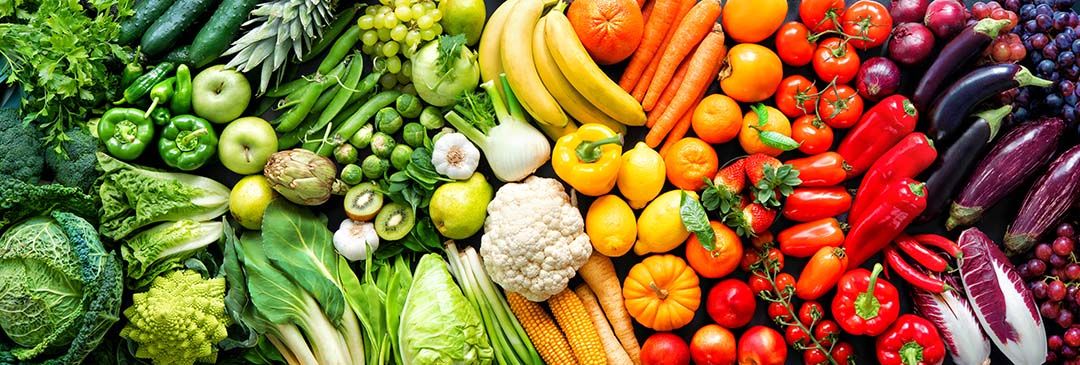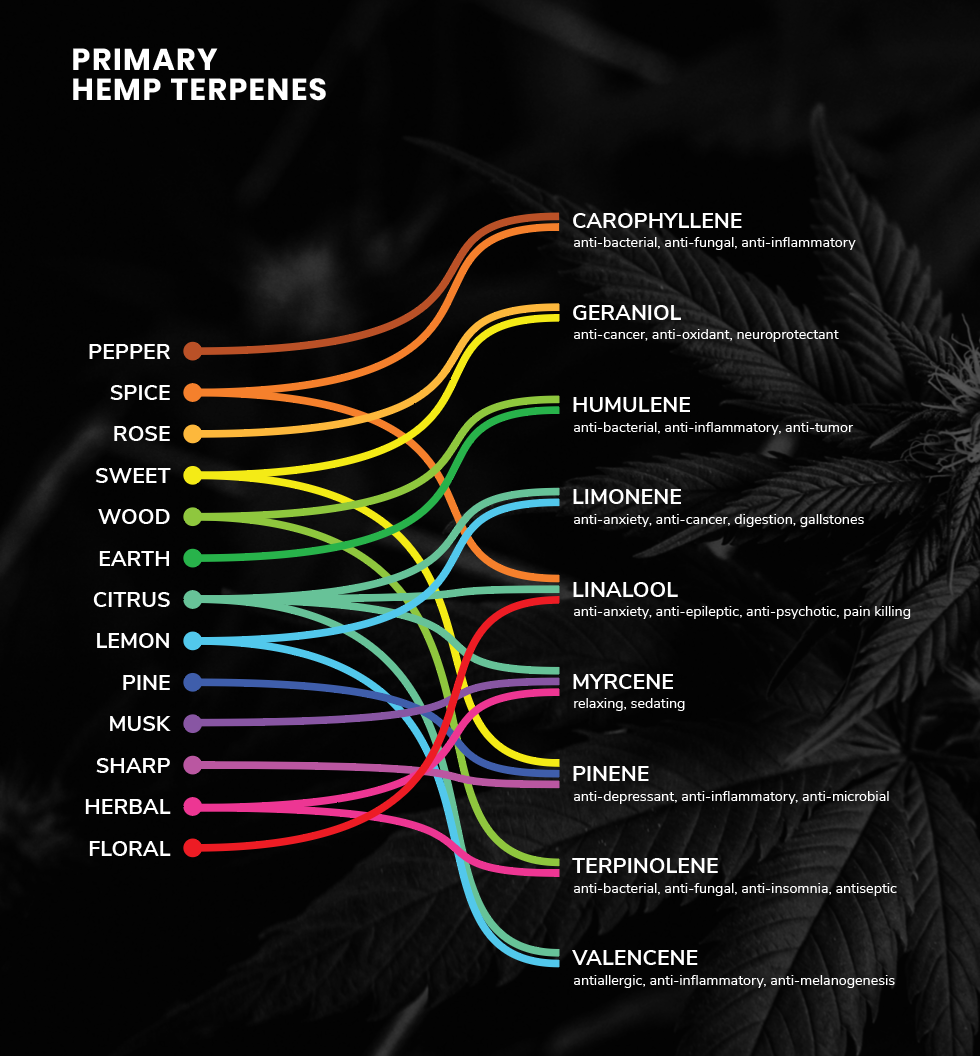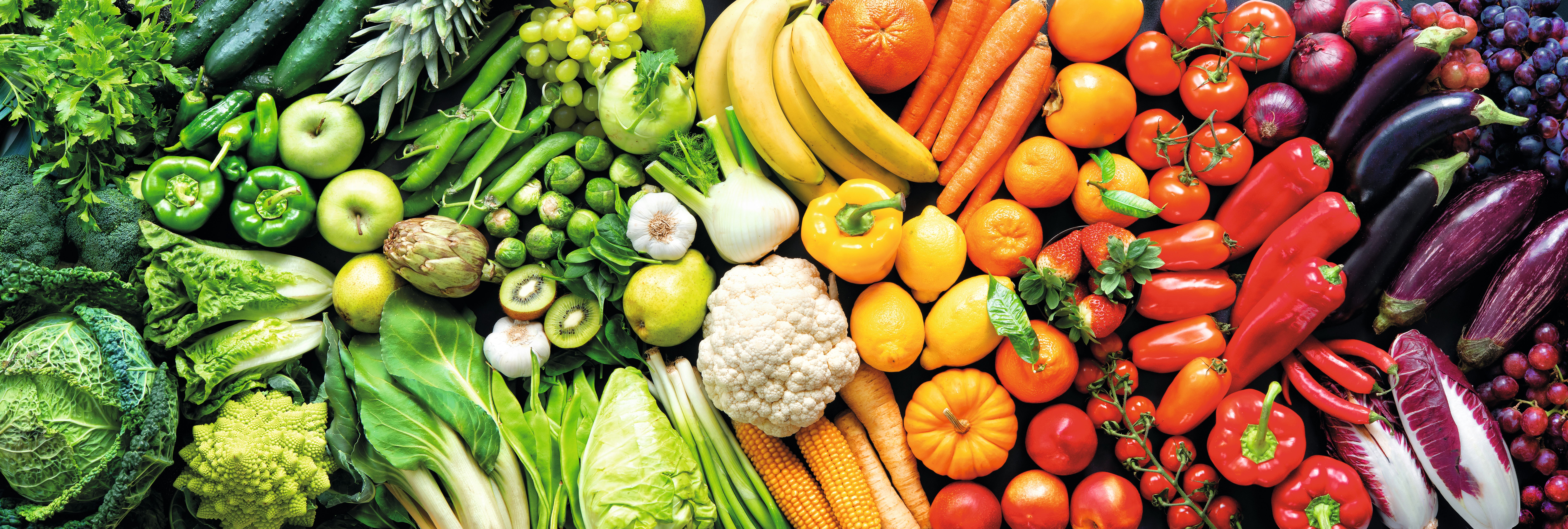What are Terpenes?
Terpenes are a large group of organic compounds that occur naturally in some insects, in fruits and vegetables and in almost all plants - including cannabis plants - and influence their flavour profile and aroma.

Terpenes are a large group of organic compounds that occur naturally in some insects, in fruits and vegetables and in almost all plants - including cannabis plants - and influence their flavour profile and aroma. Terpenes are secreted by the same plant glands (trichomes) of the cannabis plant that produce CBD and THC. So far, more than 20,000 different terpenes have been identified, about 200 of which have also been discovered in the cannabis plant.
The basic chemical structure of all terpenes is similar, but they vary greatly in taste, smell and medicinal properties. All natural flavours in food originally come from terpenes. They produce the flavour of fruits and vegetables, herbs and spices and are responsible for the scent wafting from trees and blossoming flowers. Thus, they play an important role in the formation of flavours and smells that we perceive every day.
Terpenes not only give hemp a pleasant smell, but also effectively protect it from insects. For this reason, pesticides and herbicides are not needed for commercial hemp cultivation. They also support the positive effect of the cannabinoids in full-spectrum substances through the so-called entourage effect. This refers to the synergistic interaction between cannabinoids and terpenes, in which, according to researchers, the effect of each individual compound involved is enhanced.
Terpenes also play a very important role in many other plants, providing them with natural protection against bacteria and fungi, insects and other environmental stresses. They can also attract insects, such as bees, to pollinate the plant. Some plants also release terpenes in stressful situations. Insects use terpenes mainly to communicate with their conspecifics and to attract them to a food source.

Individual health-promoting effects are attributed to each terpene, but these have not yet been sufficiently researched. The terpene myrcene is found in many hemp plants, but also in citrus fruits, mangoes, laurel, thyme, parsley, sweet basil and hops and has a slight citrus and clove aroma. Peels of citrus fruits, coriander, celery and aniseed have a zesty citrus flavour and are rich in limonene, a terpene that is most abundant in plants. Linalool has a sweet sugar and spice flavour and is found in hemp, mint, rose, oregano, ginger, basil and cinnamon, among others. In aromatherapy, it is often used before going to sleep because of its stress-relieving effects.
Caryophyllenes have a spicy, peppery aroma and are mainly found in rosemary, black pepper, hops, basil, cloves, oregano and figs. Eucalyptol gives off a cooling, refreshing scent and is found in eucalyptus leaves, mint, tea tree, mugwort and sage, among others. Pinene is often found in pine, sage, dill, basil and rosemary, among others, and is responsible for their pleasant earthy to spicy aroma. Terpineol smells like an earthy mixture of pine and cloves and is often added to soaps and perfumes because of its pleasant smell. Terpineol extracted from cannabis is also said to have antioxidant properties. The terpene geraniol, which is found in cannabis, lemons and geraniums, gives off a pleasant floral smell and is therefore often added to body oils and perfumes.
Terpenes are the main component of essential oils and are often used in aromatherapy because they are easily absorbed through the skin. It is also assumed that certain odours can positively influence our mood, stimulate creativity or have a relaxing effect. As odour and flavour substances, they are not only found in natural foods, but also in cosmetic products. In addition, terpenes are able to prevent the spread of bacteria, which is why they are also suitable as natural preservatives for food.
With the individual terpenes in combination, any imaginable taste can be imitated. Manufacturers are now very creative and add the flavour compounds to a variety of products in an attempt to mimic or enhance the terpene profiles of cannabis flowers or cannabinoid oils.

